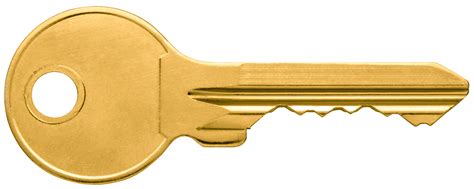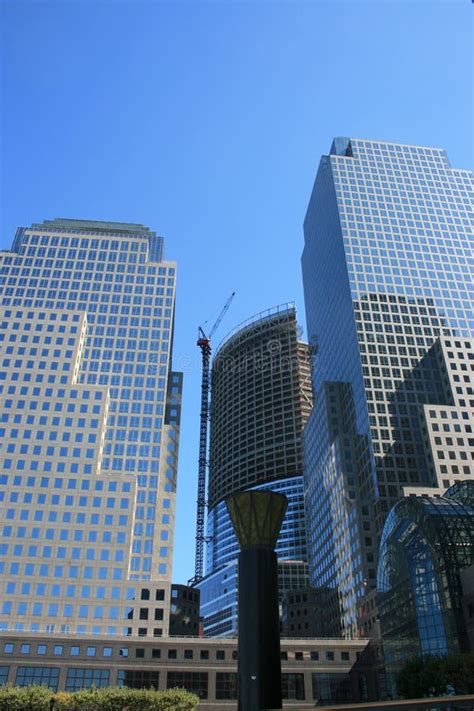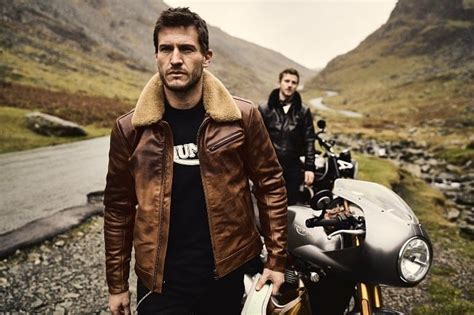In an era where comfort reigns supreme, activewear has become a staple in many men’s wardrobes. However, the relaxed aesthetic of performance gear often clashes with the professional demands of business casual environments. The good news? Transitioning from your favorite joggers and performance tees to a sharp, office-appropriate look is entirely achievable with a few thoughtful style adjustments.
Understanding the Style Spectrum: Activewear vs. Business Casual
Before diving into the ‘how,’ it’s crucial to understand the fundamental differences. Activewear prioritizes function, flexibility, and often, highly synthetic materials designed for movement and moisture-wicking. Business casual, on the other hand, leans towards natural fibers, structured silhouettes, and a polished, professional presentation, while still offering a degree of comfort. The goal isn’t to ditch comfort entirely, but to elevate it.
The key lies in finding the middle ground where comfort meets class, ensuring your outfits convey professionalism without feeling overly stiff or formal.
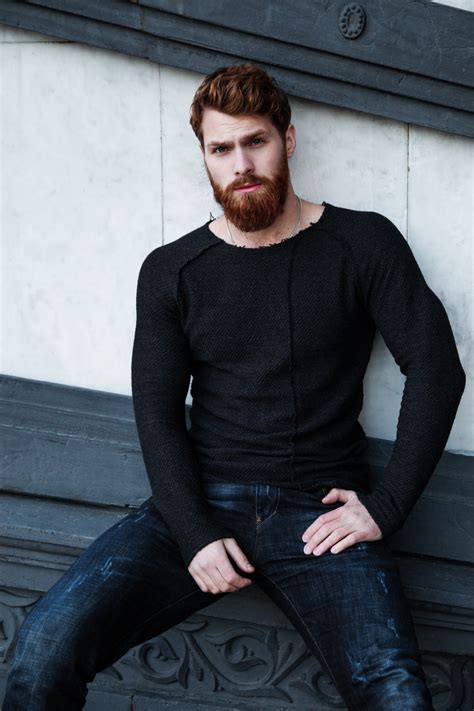
Fabric First: Ditching Performance for Polish
The most significant differentiator is fabric. Activewear is dominated by synthetic blends like polyester, spandex, and nylon. While excellent for the gym, these materials often look too casual and shiny for a business setting. To transition effectively, focus on:
- Natural Fibers: Opt for cotton, wool, linen, and their blends. Think crisp cotton shirts, merino wool sweaters, and chinos made from a cotton twill.
- Texture: Fabrics with a bit of texture, like an oxford cloth button-down or a fine-gauge knit, add depth and sophistication.
- Avoid Obvious Performance: Steer clear of visible moisture-wicking panels, reflective strips, or overly stretchy, shiny materials.
The Art of Fit: Tailored, Not Tight
Activewear often features a relaxed or athletic fit to allow for full range of motion. Business casual, however, demands a cleaner, more tailored silhouette. This doesn’t mean skin-tight, but rather clothing that drapes well without excess fabric or unsightly bunching.
- Shoulders & Sleeves: Ensure shirts and blazers fit well in the shoulders, and sleeves hit at the wrist or just above.
- Pant Length: Aim for trousers that have little to no break, or a slight break, sitting cleanly on your shoes. Avoid baggy fits or excessive puddling at the ankles.
- Waistlines: Pants should fit comfortably at the waist without needing a belt to stay up, but also without being constricting.
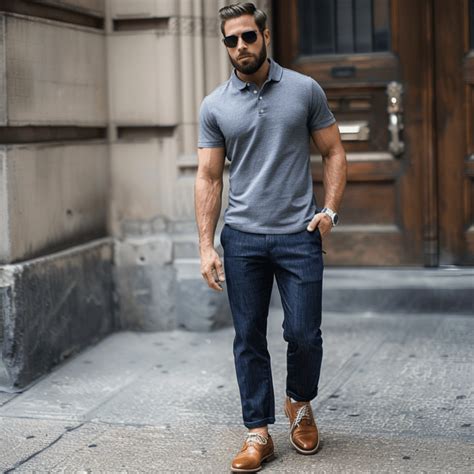
Strategic Layering: The Bridge to Sophistication
Layering is a powerful tool to elevate a simple base. It adds depth, warmth, and a touch of formality that activewear typically lacks. Think beyond a single tee or sweatshirt.
- Blazers & Sport Coats: A well-fitting blazer or sport coat instantly elevates almost any outfit, even over a smart t-shirt or polo.
- Cardigans & Sweaters: Fine-gauge merino wool or cotton cardigans and V-neck sweaters can be worn over button-downs or polos for a refined look.
- Dress Shirts: Replace performance tees with casual button-down shirts, polos, or even a sophisticated knit shirt.
Footwear Finesse: Beyond the Athletic Sneaker
Your shoes are a major indicator of your style intent. While activewear calls for performance sneakers, business casual demands something more refined.
- Loafers: Penny loafers or suede loafers are excellent versatile options.
- Chukka Boots: Offer a smart, slightly rugged appeal.
- Minimalist Leather Sneakers: If you must wear sneakers, choose clean, minimalist leather sneakers in white, black, or dark colors, free of overt branding.
- Derbies & Oxfords: Classic choices that lean more formal but can be dressed down.
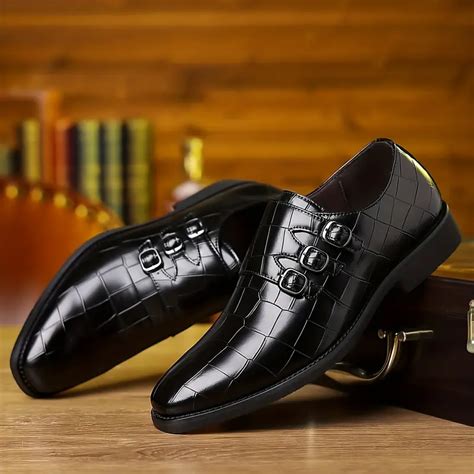
Accessory Advantage: The Polishing Touches
The small details can make a huge difference in transitioning your look. Activewear typically keeps accessories minimal, but business casual benefits from thoughtful additions.
- Belts: Invest in a good quality leather belt that complements your shoes.
- Watches: Swap out your fitness tracker for a classic timepiece – a minimalist leather strap or a subtle metal bracelet.
- Bags: Trade your gym duffel for a stylish leather briefcase, messenger bag, or a sleek, professional backpack.
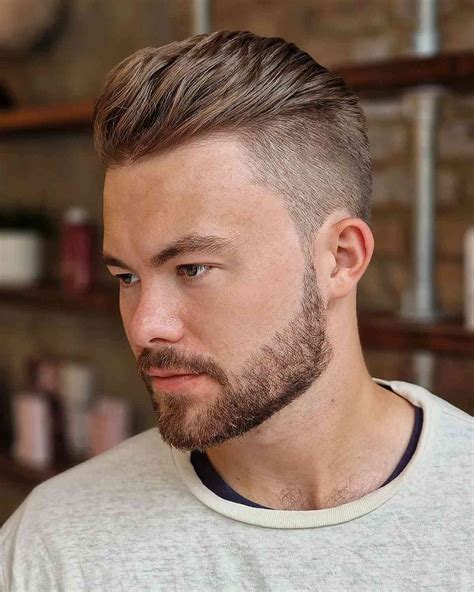
Color and Pattern Play: Subtlety is Key
Activewear often embraces bold colors and prominent logos. For business casual, aim for a more subdued and sophisticated palette.
- Neutrals & Earth Tones: Build your core wardrobe around colors like navy, grey, charcoal, olive, beige, and white.
- Classic Patterns: Incorporate subtle patterns like thin stripes, gingham, or small checks rather than loud graphics or athletic branding.
- Minimize Logos: Avoid clothing with large, visible brand logos or graphics that scream ‘athletic.’

Putting It All Together: Your Seamless Transition
Transitioning from activewear to business casual is about making conscious choices that elevate your comfort-first approach. By focusing on appropriate fabrics, ensuring a tailored fit, utilizing strategic layering, choosing refined footwear, and adding polished accessories, you can effortlessly bridge the gap between your relaxed and professional selves. Start by integrating one or two new pieces at a time, and gradually build a versatile wardrobe that allows you to move seamlessly from leisure to work with confidence and style.
